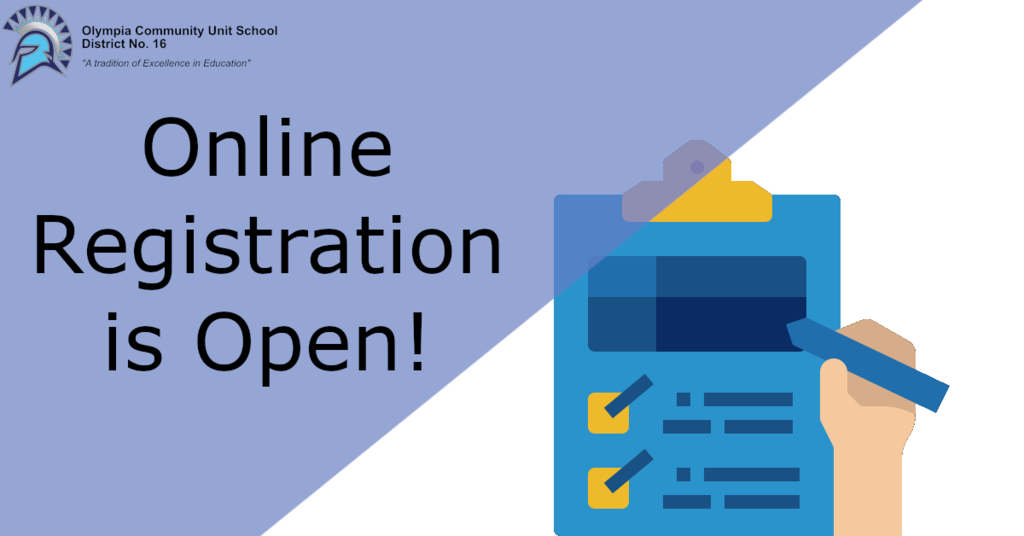Families, please take a few minutes to complete the parent survey for parent engagement topics. We will communicate the top 3 topics and plan events around the results. Thank you for your input! https://forms.gle/of8TaF3D2ZY6BcnS6

Families as school starts back up remember to make attendance a priority!

First graders were being scientists today and recording observations in the butterfly garden. They were excited to share their observations!

Last week Olympia North students kicked off SEL Boot Camp by sharing their DNA (dreams, needs, and abilities) with their teachers. This week students will be focusing on Zones of Regulation to help them identify and name their feelings. We do our best learning in the green zone, so later this week students will create a coping tool box to help them stay in the green zone!


Can you find a set? Fourth graders worked in groups to find 3 cards that were the same or different in shape, color, number and background. Then they had to explain their reasoning.

The team that is showing up every day and making all the magic happen! Our students truly have the best teachers! It was a great week to be a Spartan!

Olympia's food service staff spent time together preparing for the new school year. Our department is ready to take on the challenges unique to food service. Our goal as always is to provide outstanding service and high quality meals that meet or exceed the latest federal and state requirements. New this year will be plant based lunch entrée options that are available to order by staff and students at the OHSMS and by parents for elementary students. Look for the QR code included on lunch menus. We are also excited to share that we will be able to continue for this year to offer reimbursable breakfast meals free of charge to all Olympia Students. Reimbursable lunch meals will return as charges to family accounts. The application for free and reduce meals may be found on the Olympia Website/Parents/Paper Forms/Food Service.

As the school year approaches, Spartan staff has been hard at work getting ready to welcome back students. This energetic group of educators spent their afternoon preparing to provide each and every student a warm welcome into the new year.

Reminder! Online Registration for the 2023 school year is open. This is for returning students and those who attended Kindergarten Round Up in the spring, not student enrolling in the district for the first time. Check out more here: https://www.olympia.org/page/olr

Online Registration for the 2023 school year is now open! This is for returning students, not student enrolling in the district for the first time. You can access a walkthrough of the registration process here: https://www.olympia.org/page/olr

Online Registration for the 2023 school year is now open! This is for returning students, not student enrolling in the district for the first time. You can access a walkthrough of the registration process here: https://www.olympia.org/page/olr

Thanks to the summer school families that join us for lunch today! It was a nice treat.Atlanta Christian Church, we appreciate your space and help with the meal!



ONE families be sure to check out the FREE local public libraries summer reading programs! https://bit.ly/3yMwF4a

Olympia North 2nd graders reviewed in style today! From Tic-Tac-Glow with regrouping to Contraction Bowling, no skill was safe! Thank you Mrs. Loyer and Mrs. Ramsey for making learning so fun!




Now is the time to make your students back to school physicals, dental exams and vision exams. All students entering Pre- K for the first time will need a physical and vaccine record. Students entering Kindergarten will need a physical, vaccines, dental and vision exam. Students entering Second grade will need a dental exam. If your student is going to OMS next year, they will need a physical, vaccines, dental and vision exam. It has been a great year! I can't wait to see everyone in August. Have a great summer!
If your student has any medication in the health office, it will be sent home on Wednesday, unless you would like to come pick it up. Please let me know what you prefer. You can reach me at 309-963-4514 ext. 3045 or by email katie.bauman@olympia.org.
Is your student missing something? Do they know to check lost and found? Now is a great time to check. We have jackets, sweatshirts, hats , lunch boxes and more. All items left after Wednesday will be donated.

Current Olympia 5th graders from all three buildings visited OMS to better understand what to expect in middle school. The class of 2029 went on a tour of the building, visited 6th grade classrooms, and had an opportunity to meet with OMS student leaders to learn about life at OMS. We are excited to welcome these students in August!




Thank You School Lunch Heroes!
Today we recognize the amazing School Lunch Heroes of who hustle every day to feed our students tasty, breakfast and lunch meals. It takes creativity, skill, and passion for feeding kids to do what you guys do - and you guys rock at it!

Signing up for accounts on the web can be as simple as clicking one button. But if that website or service does not have a written data privacy agreement with Olympia, you may be giving away your personal information with a single click! Parents, talk to your kids about where they have created accounts. Remind them that the Student Acceptable Use Policy for Olympia states that they will not create an account with their district email address unless directed to do so by a teacher. By working together as a community we can drastically reduce the amount of data that we unnecessarily share with companies who look to sell that data to advertisers. #StrongerTogether
See more at https://www.olympia.org/page/student-data-privacy

